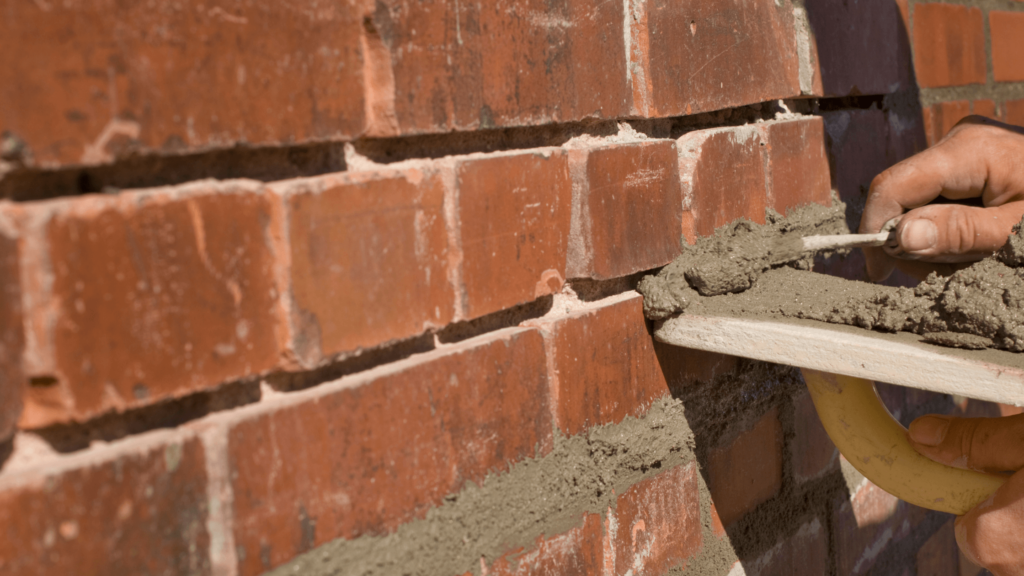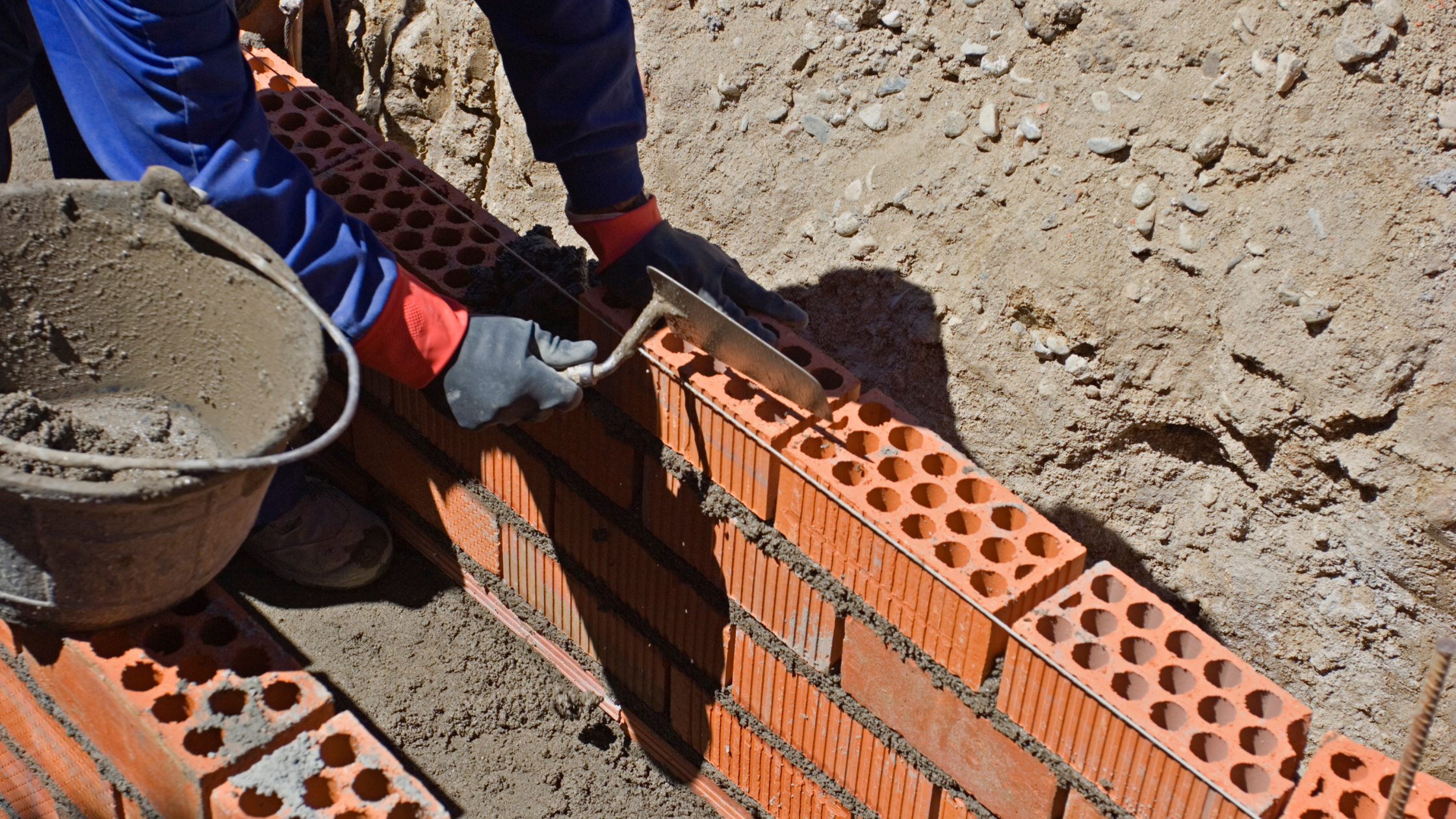Regardless of the job location, the need for skilled masonry professionals who can lay brick and block is high. Many contractors say it’s hard to find good bricklayers, and various factors play into this, including less need for work in some areas, fewer skilled tradespeople, lack of communication between subcontractors, and society encouraging young people to further education rather than pursue a trade.
Masonry work is an excellent choice for workers who want to develop a skill that pays well and is rewarding. Trained masons can easily command $40-$60 per hour, and their demand is high. And if they’re lucky, they can pick and choose their work.
One bricklayer union hall and several masons and bricklayers were contracted to comment on this story, but to no avail (maybe they were too busy). Still, this article required interviewing more than a half-dozen contractors on job sites doing masonry and brickwork around Pittsburgh.
Here’s what these professionals say is leading to a lack of trained bricklayers.
Masonry work is too physically demanding for many workers

“They’re afraid to get up in the morning,” said Giuseppe, a masonry contractor working with a small crew (including his adult son) on a large cement block and reinforced cement foundation on the back of a restaurant under renovation.
Fewer young people are getting into bricklaying and construction altogether, whether it’s due to inactivity, too little mentoring from adults in the trades, a lack of established work ethic, or a fear/inability to work an often painfully hard job.
In his 60s, Giuseppe is slender and fit and looks years, if not decades, younger than his age. He’s smiling as he works and doesn’t appear tired, though it’s a warm Spring day. He’s slinging around mortar and cement blocks like a young man.
“This is great work!” Giuseppe says with a smile. “And you can make a lotta money!”
Channeling of young people toward a college education
A society-wide push to have young people attend college is hurting the trades, some masons we spoke with said.
Giuseppe said many people now denigrate trade work, though it’s fulfilling, enjoyable work that pays well. He said that young people are encouraged to go to college, but it’s not a good bet for everyone.
“And now they want us to pay for their student loans! Why? I didn’t get into that debt,” Giuseppe said, deftly placing a cement block on a pad of fresh mortar atop another block and skimming the excess mortar away with a trowel. “This is good work. They should be encouraging young people to get into the trades.”
Giuseppe got into masonry work 30 years ago after starting as a union-trained welder in the oil and gas industry. He said some young workers may look down on that work, but welders can make $400 or more per hour, so young people might not know what they’re missing.
“They don’t want to work hard,” Giuseppe said, referring to the lack of young people becoming masons. “But masonry work is great work, and you can earn a very good living.”
His sentiments on the work ethic of some in the younger generation were echoed by other masons contacted around Pittsburgh, including John, a masonry pro from East Anglia in the UK.
“The work is too hard for many, but I like it! Look at that beautiful facade I re-did,” John said, waving an arm across the street to a freshly renovated row house.
Rico, a landscaper who started as a union-trained bricklayer years ago but got into landscaping work because it’s easier, in part, agreed that many don’t like the hard labor of bricklaying. Taking a break from installing an interlocking paver patio at a city home, he opined why fewer workers want to get into masonry work. “I think people don’t want to sling brick, block, and mud all day. It’s really hard work,” Rico said.
But despite excellent union bricklaying trainee programs available, other trends may affect how many bricklayers are becoming trained and how many are available for work, including design trends.
Use of faux-masonry materials (brick or stone)
Instead of having a skilled mason install a 1-brick or 2-brick exterior façade on a building, it seems that more contractors are doing the job quicker and cheaper by using materials that look like brick or stone but are prefabricated pieces. Some are 3-inch brick veneers that are installed like tile. Many semi-skilled craftsmen can handle this kind of work, and true bricklayers typically aren’t needed.
Less use of brick for exteriors

The urban redevelopment aesthetic of new builds exhibits a rather drab look—exterior facades that look like unfinished drywall or are made of brightly colored corrugated aluminum siding, or in best cases, facades of intricately weathered Corten steel panels. Fewer bricks are used in new urban residences, even in older areas composed mostly of old brick rowhouses.
Less use of bricks in construction may lead to fewer workers specializing in the trade, although the masons we spoke with said there is still a need for bricklayers in the suburban home market.
Part of the problem may be that not all subcontractors work well together—even immigrants who work with other immigrants.
Use of immigrant labor in construction
Surprisingly, one mason contacted on a job site for this story pointed an accusing finger at “some immigrant work crews” and problems resulting from working with such subcontractors without specifying which types of immigrants were being referenced. It was surprising because the tradesman, Vladimir, has been working in construction in the U.S. since he came here from Russia 17 years ago.
He even prefaced his comment by saying, “I shouldn’t be saying this because I’m an immigrant, but…” when mentioning that he didn’t like working with some immigrant crews because their scheduling was often unpredictable. He doesn’t like being held up on a job by other workers who haven’t completed their work.
Because of the unpredictability of these work relationships, Vladimir has mostly given up doing outside brick-and-stone work. He doesn’t like waiting on other subcontractors to finish his work—he prefers to do a job promptly and leave. Now, he’s shifted his focus to primarily interior work like fireplaces, significantly decreasing his average hourly earnings. It’s how he prefers it, and being a sole proprietor, he calls the shots.
“I like to work on my own, and it works best this way,” Vladimir said. Because he avoids exterior work, his hourly earnings are usually around $45/hour.
“You take what you can handle,” Vladimir said.


